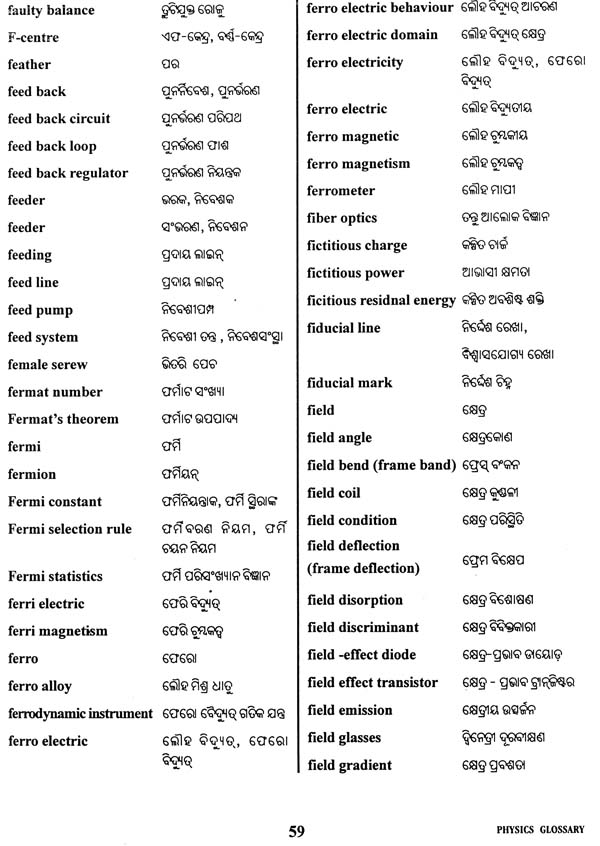

This is cancelled by another pair of forces. These two horizontal components have equal size but opposite direction: as forces they cancel, but they make a torque tending to rotate the boat clockwise. And it feels closer than 45°, as we'll see in diagrams below.Ī little digression: the sideways components of wind and water on the boat make the boat heel (tilt) away from the wind, as is shown in the diagram below. So a boat can sail close to the wind: typically 45° to the true wind, although many high performance boats go closer than that.

As to the forwards component: it accelerates the boat until the drag force F d holding it back is big enough so that This cancels the sideways component of F w. The water resists this, and exerts the sideways force F k on the keel. Well it does a little, but when it does, the keel, a large nearly flat area under the boat, has to push a lot of water sideways. However, part of the force is forward: the direction we want to go. Now this force is mainly sideways on the boat, and it gets more and more sideways as you get closer to the wind. Note that nowhere in this argument did we need to say that the wind was faster than the boat. (There is also a Bernoulli effect, which contributes in a secondary way.) (Newton's first and second laws: F = m a.) The force F w that the wind exerts on the sails is in the opposite direction. The acceleration a a of the air is d v/dt, so the force F a that sails exert on the air is in the same direction. The change of velocity dv is in the direction shown. To flow around the sails, the wind has to deviate in direction, as shown by the arrows for initial velocity v i and final velocity v f, which are given with respect to the boat. Sailing close to the wind uses the shape of the sails to generate lift. Try this link for an Introduction to vectors. In this diagram, the quantities force and velocity have arrows, because they have a magnitude as well as a direction. To get past my hand, the wind is deflected down, and this pushes my hand up (as well as back). The arrows show the wind speed relative to me. But if I tilt my hand up a little at the front, I feel lift force as well: the force on my hand is both upwards and backwards. If my hand is flat and horizontal, I just feel the drag force of the wind acting backwards. Here is what my left hand looks like as I bicycle, signalling a left turn. This is also not interesting sailing.īut boats can sail at say 40° to the wind and, by tacking (alternate lines on either side of the wind direction) they can go where they like. You just sit there with your sails flapping. Sailing directly upwind (exactly anti-parallel to the wind, like the boat at right) is also easy to understand: it's impossible ( impossible with sails: a boat with a wind turbine driving a propellor could go directly upwind. Usually, the wind pushes you in the direction it is going. You know this force: In a strong wind, it is easier to walk, run or bicycle with the wind pushing on your back. Which is comfortable, but not the most interesting sailing. But for a boat with normal sails, the catch is that, downwind, you can only ever sail more slowly than the wind, even with a spinnaker. The sails push backwards against the wind, so the wind pushes forward on the sails. The wind is faster than the boat so the air is decelerated by the sails. Sailing downwind (parallel to the wind, like the boat at left) is easy to understand: the wind blows into the sails and pushes against them. In which heat are the faster times recorded? The second heat is held in the afternoon, when there is a 10 knot wind from the West. The first heat is held in the morning, when there is no wind. A 10 mile race is held: the boats sail downstream, from West to East. But first:Ī river runs straight from West to East at 10 knots. We introduce the physics of sailing to answer these and some other questions. Why are eighteen foot skiffs always sailing upwind?.



 0 kommentar(er)
0 kommentar(er)
